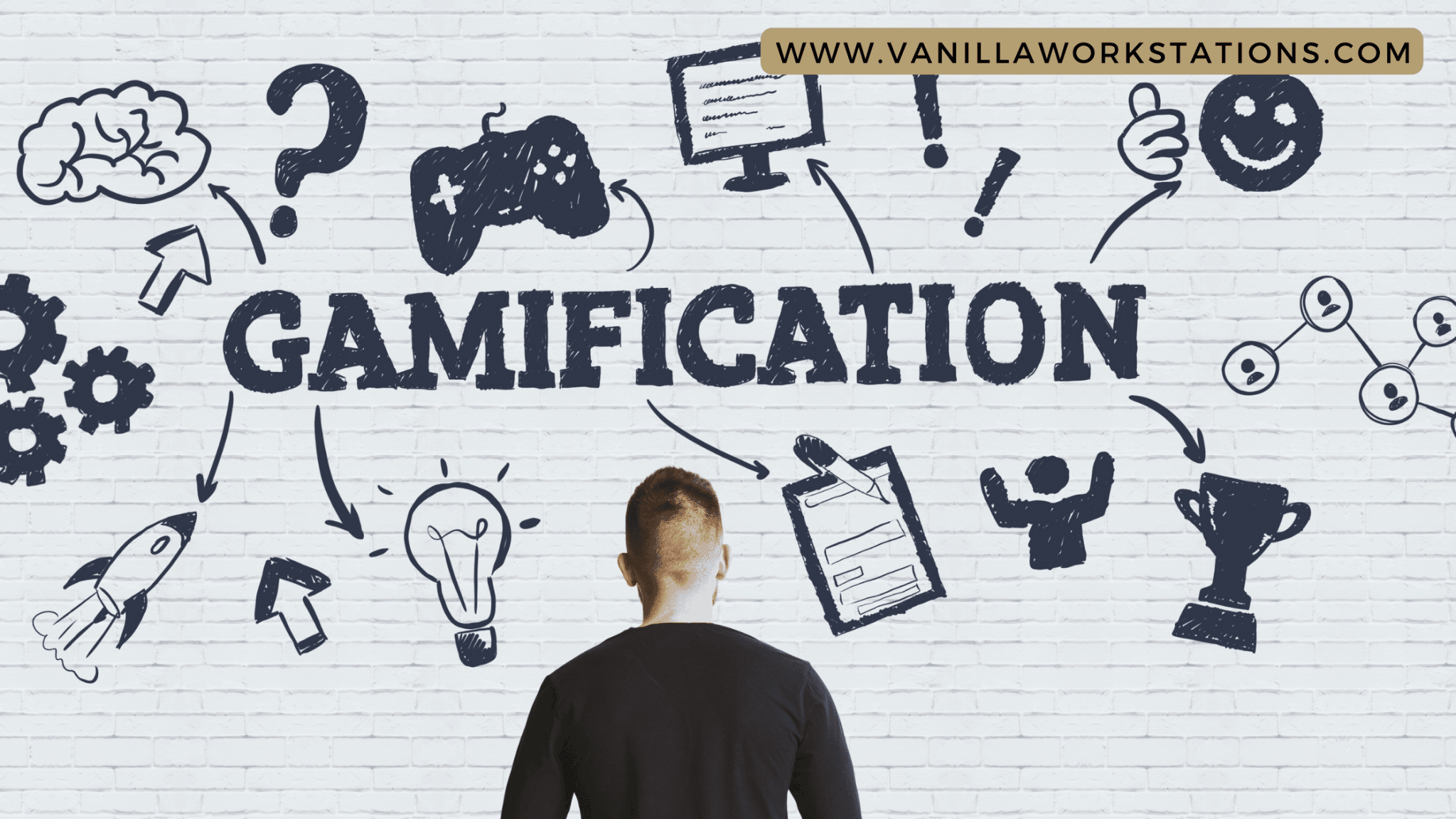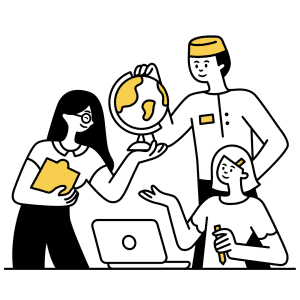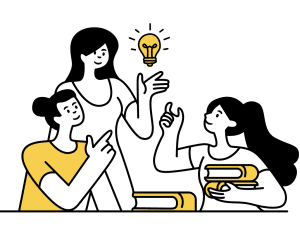
What are the best methods for students to learn? This is a question that educators have been asking themselves for years. But one teaching method has been gaining traction over the past years: gamification in education.
Gamification is the process of applying game mechanics and design principles to non-game contexts. When put into an educational context, gamification takes traditional learning and makes it more interactive and fun. If you are interested to learn more about gamification in education, scroll down and read this article.
How is gamification different from traditional learning?
The main difference between gamification and traditional learning is that gamification is interactive while traditional learning is not. Gamification also uses game-like mechanics such as badges, points, and leaderboards to make learning more fun. A study of first-year psychology students found that gamified learning had them report a significantly better learning experience, citing more interesting, intellectually stimulating, enjoyable, active, and engaging learning.
One reason for this is because, unlike traditional learning that relies on one-way communication with the teacher and equipment such as a whiteboard, chalkboard, and workstations, gamification-based learning takes it up a notch. Although gamification is possible even without advanced digital devices, this modern learning method is a two-way approach that allows for feedback. A more engaging approach may require advanced classroom technology tools such as an interactive whiteboard and powerful workstation computers.

Another reason why gamification in education is reported to be more engaging than traditional learning is that it takes the “learning” out of the process. Games are a natural way for us students to learn; they’ve been doing it since they were kids. This is because games offer ways to learn that are more fun and easier than just reading books and sitting through lectures. In short, learning becomes exciting to them without them even realizing it. They don’t see it as a tiring, repetitive task because of the modification that gamification offers.
Finally, compared to traditional learning, gamified learning encourages creativity and teaches students to be innovators. Even though the traditional classroom model might be able to inspire students to be creative, the standards-based approach to education, especially in K–12 schools, works against this goal. Students are less likely to think outside the box when they have to follow a standard curriculum and take standardized tests to measure their progress.
What are the different types of gamification in education?
Educators can use different types of gamified teaching to engage their students in learning.
Content gamification
This type of gamified learning focuses on making the content itself more engaging. This can be done by adding questions, quizzes, or puzzles to their teaching materials. For example, a math teacher can gamify their lesson by adding a word problem at the end of each section. This can make the students more engaged in the lesson as they would have to solve the problem to progress.
Behavior gamification
This gamification in education centers on changing students’ behavior. It takes into consideration rewards as a means to reinforce students’ behaviors. For example, if a student completes their work on time, they can be rewarded with a badge or points. These rewards can motivate the students to do their work more efficiently. Teachers can also gamify their behavior by adding a leaderboard in the classroom. This can make students more competitive and engaged in learning.
Classroom gamification
This type of gamified learning takes the entire classroom and gamifies it. This can be done by making the classroom more interactive and engaging. For example, adding an interactive whiteboard can make the class more participative. Classroom gamification can also be done by incorporating games into the lesson itself. For example, a teacher can gamify their math lesson by having a game of Jeopardy where students have to answer questions to progress.
System gamification
This type of gamified learning gamifies the entire school system. This can be done by adding a point system to the school. For example, students can earn points for good grades and attendance. These points can then be used to redeem prizes or privileges. Although it may seem like a stretch and require permission from the school authority, it is worth giving it a try if that means having the students more motivated to learn.
Social gamification
This gamification in education makes learning more social by incorporating social media. For example, teachers can create a Facebook group for their class and post assignments and announcements there. Students can also gamify their learning by creating study groups on social media. This way, they can help and learn from each other.
How effective is gamification in education?
Since gamification hasn’t been around for that long, some are still skeptical about applying it in education. Yet many believe it can be a new effective way to raise student engagement and academic performance.

Here are some reasons why gamification in education is effective:
It motivates students to learn.
A big problem for many educators is getting their students interested in learning. Many don’t have enough self-motivation to study just to learn something and get a good grade.
Gamification in education gives students more ways to get motivated. It makes them more interested by making the learning experience fun and interactive. It can help students take ownership of their learning, give them the freedom to try and fail until they succeed without major consequences, break down tasks and learning into manageable “portions,” and make learning visible.
It creates a more relaxed environment in terms of failure.
In gamification, students are usually given a second chance after they fail. They can try again until they get it right or achieve the desired goal. This encourages them to take risks and not be afraid of making mistakes.
It promotes collaboration.
In gamification, students are often placed in groups to achieve a goal. This encourages them to work together and cooperate to progress in the game. It also helps them develop communication and social skills.
It improves student attendance and behavior.
Since gamification in education makes learning more fun, students are more likely to come to class and participate. A study by the University of Ulster in the United Kingdom showed that applying gamified learning resulted in improved attendance towards the end of the semester. Also, students are less likely to exhibit negative behaviors such as disrupting the class or bullying classmates.
It develops problem-solving skills.
One of the most important skills that gamification in education develops is critical thinking. Students have to think critically to progress in the game. They have to solve problems and make decisions that will affect their success in the game. This helps them develop problem-solving skills that they can use in real life.
It encourages creativity.
Gamification often requires students to think critically and solve problems. This helps them develop these important skills, but it also encourages them to be creative. They must use their imagination to develop new ideas and solutions.
Conclusion
Gamification in education is a new and effective way to raise student engagement, collaboration, academic performance, and even school attendance. It has many benefits that traditional learning does not have. It is worth giving it a try in your classroom. What do you think? Have you gamified your classroom? Share your experiences below!
